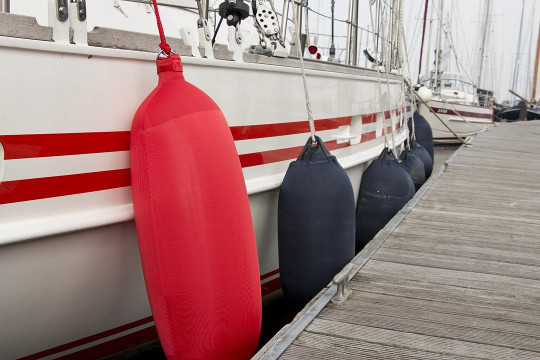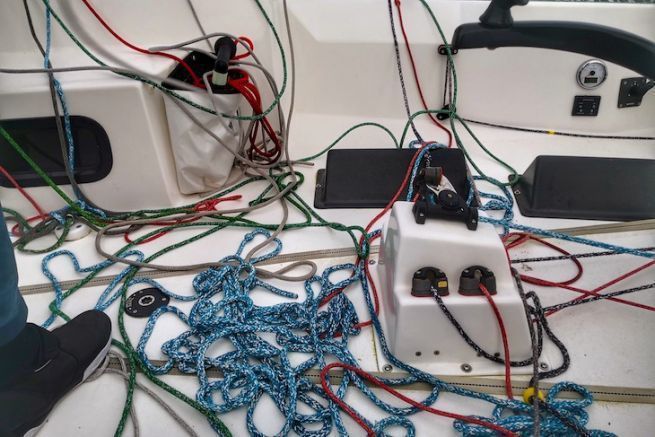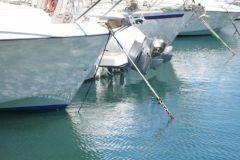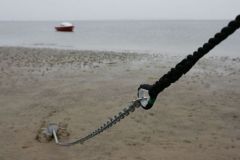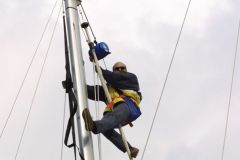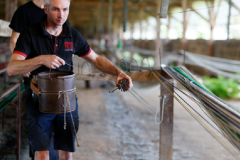Generic terms
Rope is the generic word for boat maneuvers. But beware, the maritime tradition is that, on a ship, there is only one "rope the one of the bell.
Maneuvers : generic term for mobile ropes such as sheets and halyards.
Tip (pronounce the "t") : This is the term most used on our boats to designate the ropes in an indistinct way (halyards, mooring lines, sheets)
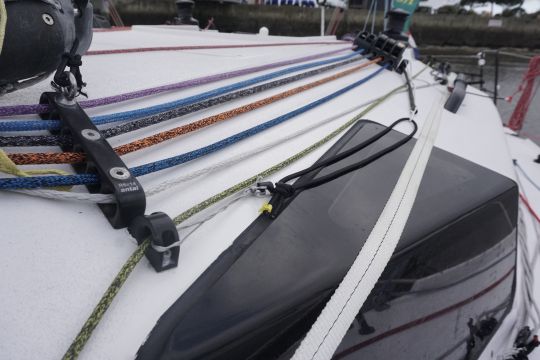
The main families of ropes
Listening
For as long as sailing has existed, there have been sheets on board boats. From the simplest Polynesian boat to the Ultim. It is this line that will be used to adjust the tension in the sail. On our modern sloops, there are 3 main sheets: the mainsheet ( Learn how to adjust your mainsail ), the genoa sheet ( How to trim your genoa ) and spinnaker sheets.
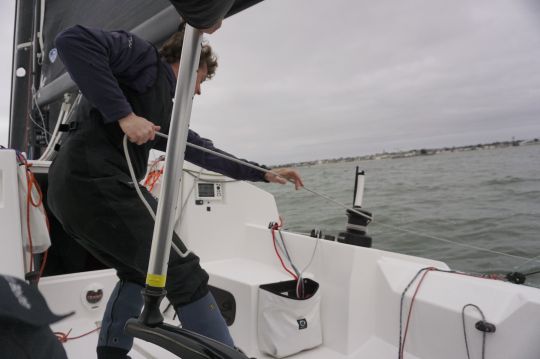
Features
- Braided rope with an abrasion resistant sheath that provides a good grip
- The core of the rope gives the resistance to the load
- They must not be elastic under load
- They must have a sufficient diameter not to hurt your hands
- Their diameter must be the same as the size of the winch self tailing.
The halyards
They are used to set the sails, i.e. to hoist and lower them. There are halyards for all the sails on board. The mainsail halyard is the best known, as it is used every time you go out. It is also used to reduce the sail by taking a reef.
The genoa halyard is less used, as most boats have furling systems. In this case, the sail is hoisted at the beginning of the season and is only touched to adjust the tension.
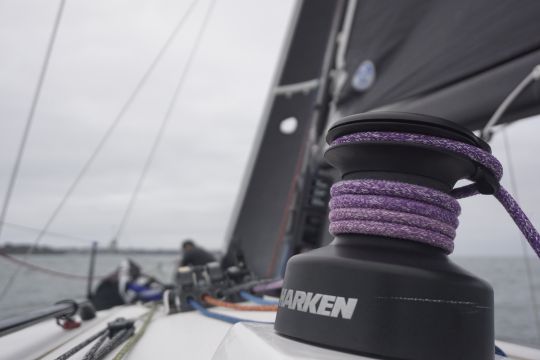
Features
- Braided rope with an abrasion resistant sheath
- The core of the rope gives the resistance to the load. Dyneema has become popular due to lower prices.
- Low coefficient of elasticity
- A diameter sufficient to respect the requirements of the blocker and not to slip
Moorings/shrouds
These are exclusively reserved for docking or mooring maneuvers. We spend a lot of time to coil them unlike the other ropes on board, we are looking for their elasticity. They must be able to stretch under load and resist chafing.
In general, hawsers and mooring lines are stranded, not braided. A strand is a set of twisted wires. 3 or 4 strands together form a rope (similar technique for cables).
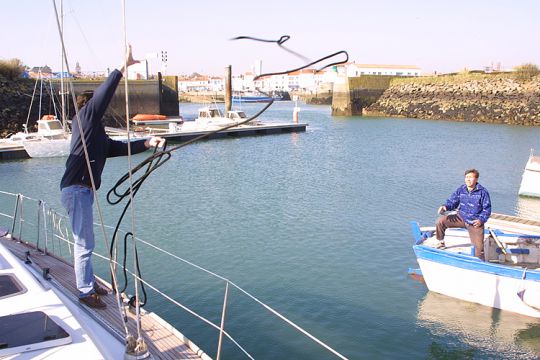
The garcettes
These are small ropes with various and varied uses. Originally, the garcettes were bits of used hawsers, recovered and untwisted. They were used for work or for life on board. Even today, they often come from the remains of sheets or halyards.
They can be found on fenders, buckets, anti-roll covers, and can be used to moor the anchor on the deck or furl the mainsail...
It is essential to have many garcettes or a simple and effective tip reel to use in all sauces.
